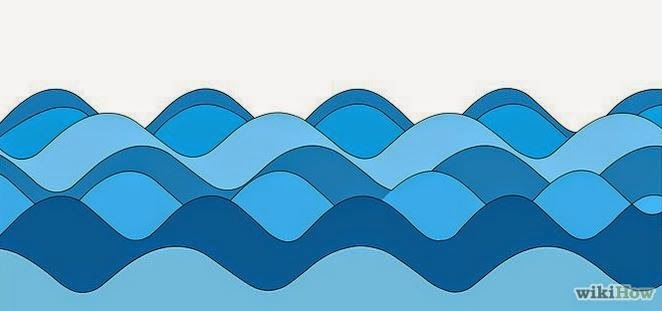Structure
Leonardo di Vinci (1452-1519) is obvious first port of call when looking for artists whose work involves the underlying structure of the human body. It was di Vinci who made the first ever accurate studies of the body and many are as good as current imaging techniques (1). As an anatomical artist di Vinci was able to bring engineering expertise alongside intense observational skills to produce work hundreds of years ahead of its time. He had intended to publish his work but on his death in 1519 the work was in disarray among his private papers and its significance was not recognised until hundreds of years later. A big "what if" I think.
In 2012 the largest exhibition of di Vinci's work was held in The Queen's Gallery at Buckingham Palace
(2). There are many images on the link but some of my favourites are these:
 |
| Study of a male nude - di Vinci (2) |
This work is so much linked with what I'm doing it's impossible to ignore it. The figure looks relaxed and is distributing his weight evenly on his legs and the two sticks in his hands. There is a light sketch of a flexed leg to the left. It's a good drawing to look at to measure proportion.
 |
| Drawings of the skull - di Vinci (2) |
Di Vinci's skull drawings are meticulous and are sometimes cut open to look inside. The difficulty of doing this with the tools of the age was immense and demanded great care. Di Vinci drew sketches of his equipment.
It is said (1) that di Vinci's drawings surpass some of those in Gray's Anatomy of the 19th century.
Michaelangelo (1475-1564) a great rival of di Vinci, also had an interest in anatomy and at various periods in his life did dissections. He too intended to publish his work. As a basis for his sculptures Michaelangelo recognised the need for an accurate knowledge of what lay beneath the skin. The work is no less rigourous than that of di Vinci but in a different style - far less "engineering" and more gestural.
 |
| Studies for the Libyan Sibyl - Michaelangelo (1508-1512) (3) |
Rubens (1577-1640) was also an anatomical artist and drew this impressive grouping showing the mechanics of the hands.
 |
| Peter Paul Rubens - A left forearm in two positions and a right forearm (1660-1668) (3) |
I found it hard to find contemporary artwork that uses the skeleton as a basis for drawing - certainly nothing quite like that shown above. Danny Quirk offers a surreal water colour take on it but if I'm honest it's not to my taste.
 |
| Self dissection - Danny Quirk (2012) (4) |
Fernando Vincente (1977-) creates images on much the same lines as Quirk:
 |
| Fernando Vincente book published 2014 (5) |
but doesn't always stick to the anatomical rules:
 |
| Fernando Vincente (5) |
Quite different and rather less shocking is the work of Laura Ferguson (b1947) who draws from cadavers because it feels "real" and tells of a life lived (6).
Ferguson has spent time as artist in residence at the NYU School of Medicine and her work has a definite medical bias.
 |
| The Visible Skeleton - Laura Ferguson |
 |
| Lumber vertebrae - Laura Ferguson |
(1) http://www.bbc.co.uk/news/magazine-17907305
(2) http://www.royalcollection.org.uk/exhibitions/leonardo-da-vinci-anatomist
(3) http://www.metmuseum.org/toah/works-of-art/1996.75
(4) http://missmementomori.com/2012/10/01/surreal-watercolor-paintings-of-anatomical-self-dissections/
(5) http://fernandovicenteanatomias.blogspot.co.uk/
(6) http://www.lauraferguson.net/anatomy-process/

















































